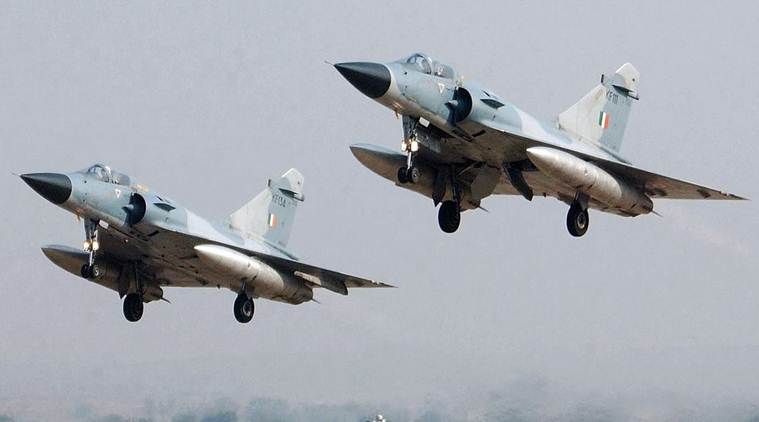Balakot strike: Each warhead had 70-80 kg net explosive quantity

Each warhead used by the Indian Air Force (IAF) to target buildings on the campus of the Jaish-e-Mohammad madrasa at Balakot in Pakistan on February 26 had a net explosive quantity (NEQ) of only 70-80 kg of TNT, The Indian Express has learnt. This could explain the nature and extent of damage to the buildings, as revealed by commercially available satellite images.
“There has been a lot of speculation on the quantity of explosive used to hit each of the buildings. What really matters is the NEQ or net explosive quantity of the warhead used. The warheads which we used have a NEQ of — I can’t share the exact figure — only 70-80 kg of TNT,” a top military officer told The Indian Express.
NEQ is defined as the total mass of the contained explosive substances in a warhead, without the packaging, casings and bullets. According to the US Department of Defense, NEQ includes the mass of the TNT-equivalent of all contained energetic substances in the warhead.
As reported earlier, it is believed that the IAF used the Israeli SPICE 2000 precision guided munition (PGM) for the task, which were fired from Mirage-2000 aircraft. The extent of damage to the buildings witnessed in commercially available satellite images is not consistent with the assessment carried out on the basis of quantity of high explosive, presumed to be around 1000 kg. As per publicly available information, SPICE 2000 PGM are used with 907 kg warheads.
“It is not just about the amount of explosive. It is also about the design of the warhead, the type of explosive, direction of its initiation, its casing and cover, and the kind of material mixed with the explosive. The effect will also vary depending upon the building and the angle of penetration. All these have to be considered before arriving at any conclusion,” the officer said.
